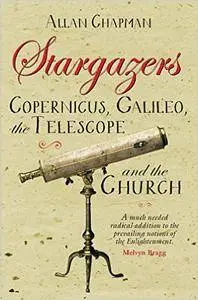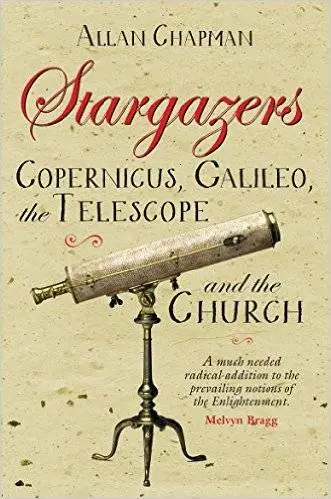Allan Chapman, "Stargazers: Copernicus, Galileo, the Telescope and the Church: Understanding the Heavens 1500-1700"
2015 | ISBN-10: 0745956270 | 448 pages | PDF | 2 MB
2015 | ISBN-10: 0745956270 | 448 pages | PDF | 2 MB
A comprehensive history of how the heavens were discovered and mapped, by the leading astronomers from 1500 onwards
Building on the work of the Greek and Arabian astrologers before him, the idea of a sun-centered universe was proposed by a church lawyer called Nicholas Copernicus. It was later popularized by Galileo—a fantastic debater whose abrasive style won him many enemies—who presented new evidence, which suggested that the earth moved. This thorough examination of Galileo explores both his achievements and influences. It then goes on to trace the impact of his ideas on those who followed him, including Sir Francis Bacon, Dr. John Wilkins, Dr. Robert Hooke, Sir Isaac Newton, and Rev. Dr. James Bradley. Chapman investigates the church’s role and its intriguing relationship with the astronomers of the day. The support and involvement of the church meant that research could be undertaken, but at times the relationship was fractious, leading Galileo to famously declare, “the Bible is to teach us how to go to Heaven, not how the heavens go.” In 1728, the theory of the moving earth was finally proven by the young Rev. Dr. James Bradley.



